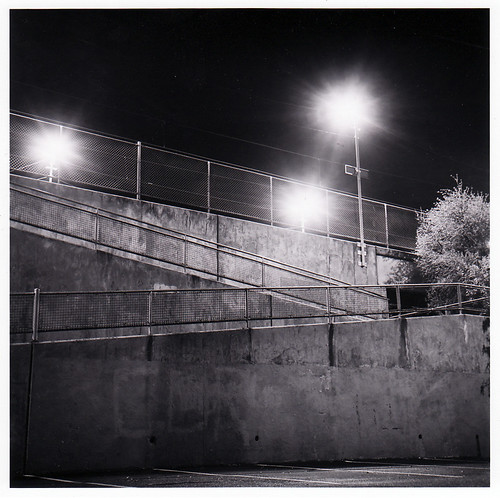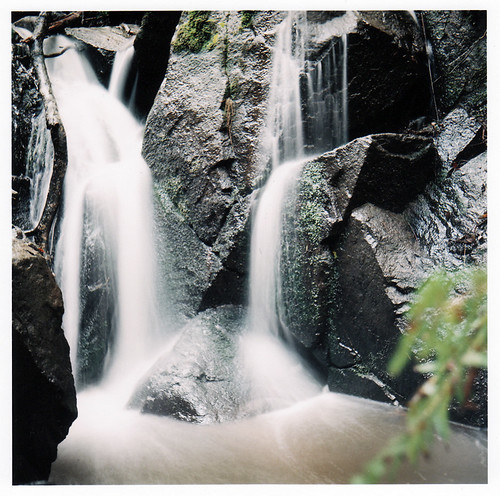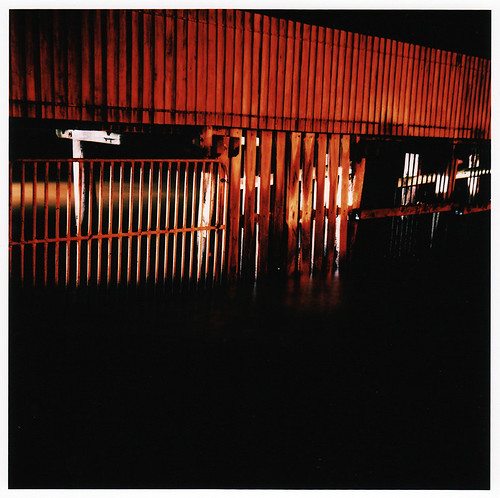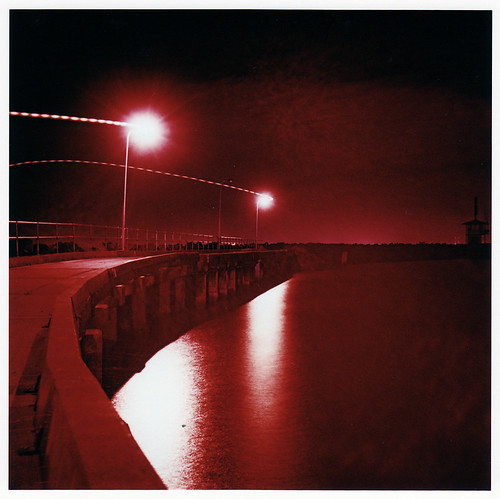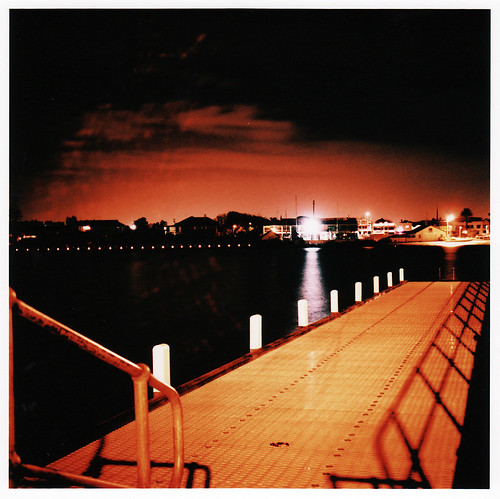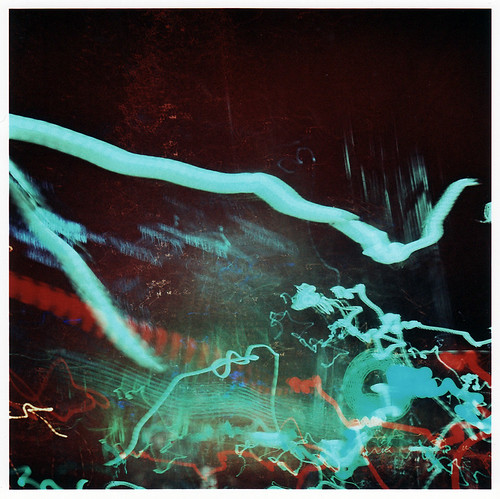Press Release:
Leaf launches all new medium format camera line‐up
in response to photographers’ wish list of must‐have features

New range totals six products, including Leaf AFi‐II digital camera systems, Leaf
Aptus‐II camera backs and a new version of Leaf Capture workflow software
La Hulpe, Belgium, 9 September, 2008 – Leaf, developer of the world's most advancedmedium format digital camera solutions, today announced an entirely new family of medium format cameras and camera backs that enhance flexibility and usability for professional photographers. In addition to offering unequalled image quality with up to 56 megapixel resolution, the new line‐up delivers many new features. These include a 56 millimeter wide ‘True Wide Frame’ sensor, Leaf Verto internal sensor rotation for easily changing orientation and Leaf SensorFlex technology which lets photographers pre‐select image size and capture speed. The new line‐up totals six new products: the Leaf AFi‐II 6, 7 and 10 digital camera systems and the Leaf Aptus‐II 6, 7 and 10 digital camera backs. The new products will be showcased at Photokina 2008 in Cologne between 23 and 28 September.
Image quality, flexibility and ease of use
The new product line from Leaf is characterized by new features and advances in image quality, flexibility, ease of use and workflow efficiency that are a direct result of Leaf’s longterm relationships with professional photographers around the world. “By working closely with professional photographers and digital technician in their studios and on location, Leaf has been able to deliver solutions that make their work easier, faster and more efficient,” said Dov Kalinski, general manager of Leaf. “We’ve put a lot of thought and a lot of new technology into the Leaf AFi‐II and Leaf Aptus‐II lines and Leaf photographers are very enthusiastic about the new features that they’ve requested.”
True Wide Frame sensor
Leaf has developed the exclusive new 56x36 millimeter, 56 megapixel True Wide Frame sensor in cooperation with DALSA Corporation, who specialize in digital imaging components. As the world’s widest medium format sensor and the first to provide a 56mm wide capture area, it is designed to fit perfectly into the 6x6 frame of the Leaf AFi‐II 10 camera. The same 56mm wide True Wide Frame sensor is also available in the Leaf Aptus‐II 10 camera back.
Leaf Verto
Leaf Verto is another feature that was inspired by feedback from professional photographers. With the Leaf Verto internal sensor rotation dial on the side and bottom of the AFi‐II 7 and 10, photographers can easily switch orientation without removing the back, adjusting the tripod mount or twisting their wrists. When the sensor turns, the orientation indicator in the viewfinder also adjusts to indicate the current orientation.
Leaf SensorFlex
Leaf SensorFlex in the Leaf AFi‐II 10 and Leaf Aptus‐II 10 gives photographers a choice: either use the entire high‐resolution sensor, or select from pre‐defined formats that use only part of the sensor while maintaining full image quality. With SensorFlex, the Leaf AFi‐II 10 and Aptus‐II 10 offer even faster capture and processing speeds with file sizes appropriate for different types of jobs.
Leaf’s new bright LCD touch screen
In addition to offering the largest LCD display at 6x7cm (3.5 inch diameter) and the only touch screen in the medium format market, Leaf has also made the easy‐to‐use display on all Leaf AFi‐II and Leaf Aptus‐II touch screens much easier to see. With a dramatic increase in brightness, the photographer can easily see the display even under challenging lighting conditions.
90° Tilting LCD display
The Leaf AFi‐II 7 and 10 are the first medium format cameras to sport a 90° tilting touch screen LCD display. No matter which of the three interchangeable viewfinders photographers use with the Leaf AFi‐II (45°, 90° or waist level), the tilting touch screen lets them glance at the preview image and histogram and easily adjust settings while staying position for the next shot.
Remote image preview on wireless devices
The new Leaf Capture Remote for iPhone app turns wireless devices, such as the iPhone or iPod Touch, into remote image viewers. While you are shooting tethered using Leaf Capture software, a client or creative director can quickly and conveniently view selected medium resolution files of your images from any Wi‐Fi network.
Image quality leader
The new Leaf AFi‐II camera systems and Leaf Aptus‐II camera backs boast a 12 f‐stop dynamic range, 50‐800 ISO range and 16‐bit color images. These and other technologies designed into the new line of products from Leaf ensure professional photographers the highest image quality ever.
Compatibility and expandability
The Leaf AFi‐II imaging module, with its 56mm wide sensor and Leaf Verto internal sensor rotation technology, is a valuable enhancement for any 4x5 or 8 x10 field or studio camera. Using a Graflok adaptor, the Leaf AFi‐II imaging module brings the best of digital image capture and capabilities to large format camera. Also available is a new RZ adaptor for the Leaf AFi‐II imaging module to help breathe new life into ‘old favorite’ cameras and lenses.
Leaf Capture version 11.2
Leaf has also introduced a new version of its capture software, Leaf Capture version 11.2, which is the fastest tethered workflow application for commercial shooting today. On top of dramatically improved performance, Leaf Capture version 11.2 boasts new features including Live View for a color live video preview while shooting tethered; adjustable histogram; a Moiré Removing Tool to remove Moiré directly from the RAW file; and side‐byside comparison of shots with synchronized pan and zoom functionality. Through Leaf Capture, photographers and digital technicians can also fully control camera functions from a Mac or PC, including aperture, shutter speed, exposure compensation, dynamic exposure metering, mirror control and flash synchronization when tethered using a FireWire 800 interface.
Pricing and availability
Pricing for the new Leaf product line will range from £10,500 to £20,000. The new Leaf AFi‐II 6 and 7 and the Leaf Aptus‐II 6 and 7 are slated to start delivery by Photokina 2008. The new Leaf AFi‐II 10 will be available for demonstration at Photokina and is expected to start shipping by the end of 2008. Leaf plans to start shipping the Aptus‐II 10 by Q1 2009. Leaf Capture 11.2 will be available by the end of September, 2008.

 Canon EOS 1000D Digital SLR Camera is one of the smallest as well as lightest EOS Digital model that have hit the digital SLR market of the UK. This model weighs just 450 grams and to add to it, the built is quiet ergonomic as well. Further, this camera is effectively protected by Canons unique dust prevention system known as EOS integrated system for cleaning. If you look forward to ponder over the quick starting up times as well as the accuracy in colour realisation exhibited by this digital camera, you could just end up with its exceptional DIGIC III processor that are generally used in advanced EOS models. This processor of Canon has the ability to lower the power consumption of a digital camera as well.
Canon EOS 1000D Digital SLR Camera is one of the smallest as well as lightest EOS Digital model that have hit the digital SLR market of the UK. This model weighs just 450 grams and to add to it, the built is quiet ergonomic as well. Further, this camera is effectively protected by Canons unique dust prevention system known as EOS integrated system for cleaning. If you look forward to ponder over the quick starting up times as well as the accuracy in colour realisation exhibited by this digital camera, you could just end up with its exceptional DIGIC III processor that are generally used in advanced EOS models. This processor of Canon has the ability to lower the power consumption of a digital camera as well.
 Acer CR-5130 Digital Camera is a boon to the field of digital camera from the manufacturer Acer. The compact dimensions of this smart digital camera and the sleek looks along with the most contemporary features makes it a very popular one amongst its rivals. It comes with a width of 9.4cm, a depth of 3.5 cm and a height of 6.3cm. It weighs just 0.2 kilograms and shines silver in colour. The body material is made up of pure Aluminium and this makes the device more durable.
Acer CR-5130 Digital Camera is a boon to the field of digital camera from the manufacturer Acer. The compact dimensions of this smart digital camera and the sleek looks along with the most contemporary features makes it a very popular one amongst its rivals. It comes with a width of 9.4cm, a depth of 3.5 cm and a height of 6.3cm. It weighs just 0.2 kilograms and shines silver in colour. The body material is made up of pure Aluminium and this makes the device more durable. Digital cameras have been outfitted with the ability to support digital photography. Acer manufacturing company has proudly launched Acer CR-6530 Digital Camera in the UK market with impressive features. It is made with durable material which will last longer. Users can enjoy their hobby of photography with digital technology with the support of this camera.
Digital cameras have been outfitted with the ability to support digital photography. Acer manufacturing company has proudly launched Acer CR-6530 Digital Camera in the UK market with impressive features. It is made with durable material which will last longer. Users can enjoy their hobby of photography with digital technology with the support of this camera.





